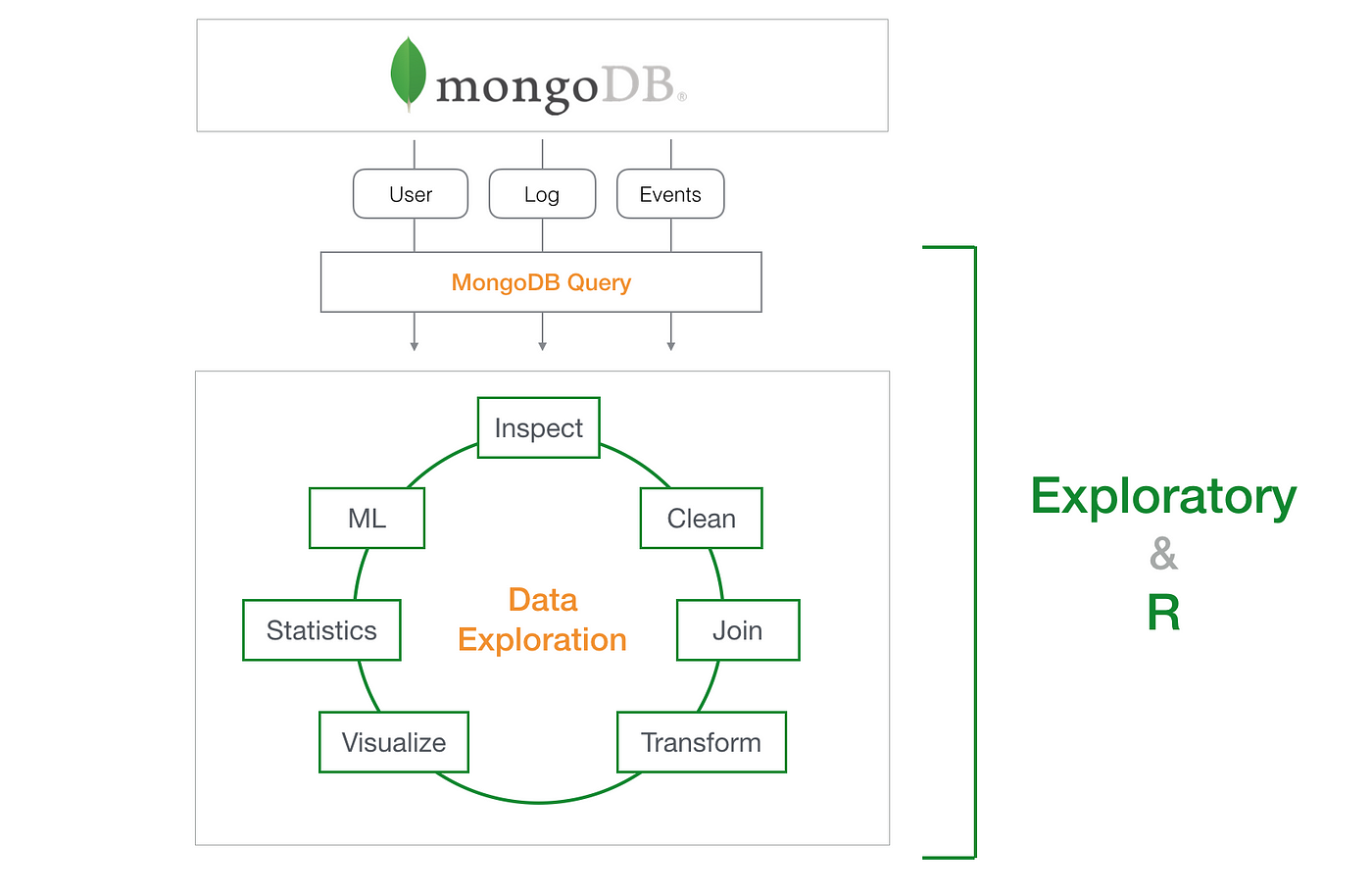How to Use MongoDB in VS Code
Introduction
MongoDB is a powerful NoSQL database that stores data in a flexible,
document-oriented format using BSON. Visual Studio Code (VS Code), one of the
most popular code editors, provides an integrated way to connect, manage, and
query MongoDB databases using the official MongoDB extension.
This integration is especially helpful for developers and students,
allowing them to work within a single environment to manage both code and
databases efficiently.
Explanation
MongoDB works on collections and documents rather than tables and rows.
With the help of VS Code and the MongoDB extension, users can perform
operations such as connecting to a database, viewing collections, inserting
documents, and executing queries—all from within the editor.
The extension offers a visual explorer, query playground, and easy
connection setup, making it a convenient tool for both beginners and
experienced developers.
Steps
i) Install MongoDB Locally or Use MongoDB Atlas
- Download and install MongoDB from mongodb.com or set up a cloud database using MongoDB Atlas.
ii) Install Visual Studio Code
- Download from code.visualstudio.com and install it on your system.
iii) Install MongoDB Extension in VS Code
- Go to Extensions (Ctrl+Shift+X), search for “MongoDB for VS
Code”, and click Install.
iv) Connect to Your MongoDB Database
- Click on the MongoDB leaf icon on the activity bar.
- Use a connection string (local or Atlas) to connect to your
database.
v) Browse and Manage Collections
- Once connected, collections will appear in the Explorer.
- You can view documents, create collections, and delete entries.
vi) Run Queries Using MongoDB Playground
- Create a new MongoDB Playground file.
- Run insert, find, or aggregation commands and see live results.
Future Scope
1.All-in-One Dev Environment:
VS Code and MongoDB integration will continue to evolve, becoming the default
choice for full-stack development environments.
2.Improved Query Testing & Debugging:
Future extensions will offer enhanced error highlighting, auto-fix suggestions,
and live query previews.
3.CI/CD Integration:
MongoDB operations in VS Code will be integrated into build pipelines for automatic
testing and seeding of databases.
4.Better AI/ML Data Handling:
Playground features will support AI/ML use cases by enabling advanced data
manipulation before feeding into models.
5.Cloud-Native Development:
With MongoDB Atlas, developers can directly deploy and manage databases from VS
Code, allowing seamless collaboration and scaling.
Shrikant Dere
University: Sri Balaji University, Pune
School: School of Computer Studies
Course: BCA (Bachelor of Computer Applications)
Interests: NoSQL, MongoDB, and related technologies









Very Good!
ReplyDeleteExcellent!
ReplyDeletegreat blog I’ve always found setting up MongoDB in VS Code a bit tricky, but your explanation made it super easy to follow. The steps were clear and the screenshots really helped. Thanks for sharing
ReplyDeleteThankyou, It helped me a lot to use and learn MongoDB,it was easy to understand the steps and it really helped me thanks a lot 👍
ReplyDeleteExcellent work child !!
ReplyDeletePerfect blog have been made by you
Really helpful
Very nice
ReplyDeleteThis blog help me to understand how to use mongodb in vs code
ReplyDeleteVery Good 👍🏻
ReplyDeleteIt's ver easy to understand. Thanks for the same.
ReplyDeleteVery Nice.
ReplyDeleteIt's Very helpful
Very helpful in understanding the concept of using mongodb in vs code
ReplyDeleteReally appreciative
ReplyDeleteVery helpful !!! Thank you!!
ReplyDeleteVery useful 👍
ReplyDeleteNice explanation and very useful 👍
ReplyDelete